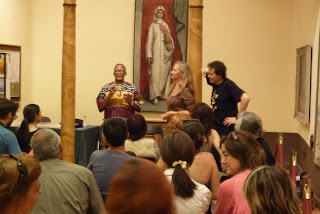This historical garden, the oldest in the city, was comissioned by the marquis Joan Antoni Desvalls i D'Ardena in 1791.
The main house is part of a complex built around a medieval tower with neoarabic and neogothic elements, is not open to visitors.
Once you come into the park is 9,1 hectares divided in two areas: the neoclassical garden and the romantic garden.
All around the neoclassical garden you see reliefs telling some Greek myths such as the rape of Proserpine, the rape of Europe, Echo and Narcissus, Ariadna and Theseus, etc.
Probably the most popular part is the labyrinth itself, which names the park, made up of 750 metres of trimmed cypress trees.
There are eight paths and only one to lead you to the exit. Good luck! It seems easier that it is.
In the upper area there is a neoclassical palace, quiet and serene, where, at the top, you can read in Latin: Artis Naturaque Parit Concordia Pulchrum (The Harmony of Art and Nature generates Beauty).
Through here you go to the Romantic garden which is darker and more chaotic than the Neoclassic part. Although it is not so well preserved, still you can see a false graveyard and small waterfall.


















